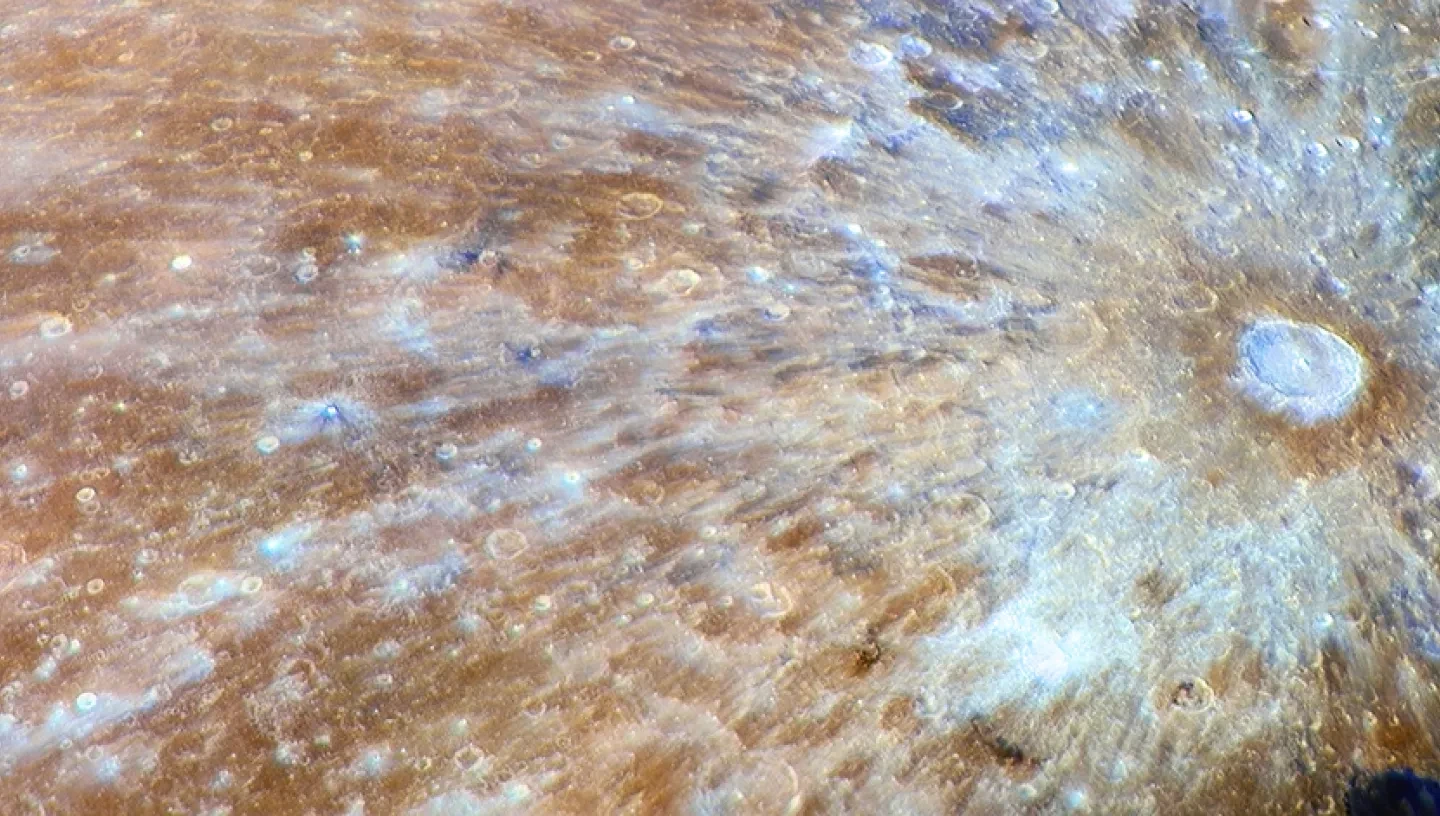
The Insight Astronomy Photographer of the Year competition received over 3800 entries from around 80 countries in 2017. Astronomer and judge Marek Kukula draws out the scientific and personal stories from five of his favourites.
By Marek Kukula, Public Astronomer
As one of the judges on the competition I’m constantly impressed by both the beauty of the images and the technical skill that lies behind them. Each photo also comes with its own set of stories - the scientific story of the objects in the image and the human story of the person who took it – and this combination of science, artistry and personality has proved to be a very powerful way for people to engage with the wonders of the night sky. Here are some of my personal favourites from the 2017 competition:
1. Scandi-noir aurora

Looking like the cover of a moody scandi-noir crime thriller, Ghost World by Danish photographer Mikkel Beiter was taken on the coast of Iceland, taking advantage of the spectacular aurora borealis, or northern lights, that can often be seen from these high latitudes. Despite being taken at night this is very much a photograph about the power of the Sun, since the aurora is caused by charged particles – fragments of smashed up atoms – that are ejected from our parent star, streaming outwards in all directions to form the ‘solar wind’. When the solar wind strikes our planet’s magnetic field these particles are funnelled down over the polar regions, striking atoms of air in the upper atmosphere and causing them to glow with jewel-like colours. Green is the characteristic colour of oxygen, one of the main components of the Earth’s atmosphere and therefore a common auroral shade.
2. The power of the Sun

Another picture showing the power of the Sun, Mercury Rising was taken by UK photographer Alexandra Hart using a special filter to block out all but a very narrow range of colours. This allows some of detail of the Sun’s dynamic surface to become apparent. The dark features are enormous tongues of superheated gas that lift off the surface before falling back, while bright spots indicate active regions where magnetic fields are strong. Also visible, just below the centre of the Sun’s disc, is a tiny black dot: the planet Mercury, which made a rare pass directly between the Earth and Sun on 9 May 2016.
3. A hotbed of star formation

Ukrainian photographer Oleg Bryzgalov braved snowdrifts to capture this view of M63: Star Streams and the Sunflower Galaxy. Oleg used software to combine 22 hours of exposure time, taken over several nights, to produce an incredibly deep view of this galaxy 27 million light years away. The judges were particularly impressed with the way that the image allows us to see everything from the bright core of the galaxy, home to a supermassive black hole, to the wispy outer reaches that fade gradually into the darkness of intergalactic space. The centre of the galaxy appears yellowish as the stars here are generally quite old. By contrast, the surrounding spiral arms are a hotbed of star formation, threaded with dark clouds of dust, hot blue stars and reddish clouds of energised hydrogen gas.
4. Fifty shades of moon

László Francsics from Hungary scooped the top prize for the Our Moon category with Blue Tycho, using software to hyper-saturate the image, transforming the Moon’s familiar ‘fifty shades of grey’ into something rather more colourful - a technique also used by planetary scientists studying lunar geology. Here the rust-brown shades indicate material rich in iron while blue-white shows rock rich in titanium which has been excavated from beneath the lunar surface and sprayed over hundreds of kilometres by the meteorite which blasted out Tycho crater around 108 million years ago.
5. Seeing aliens

This year’s overall winner was Russian photographer Artem Mironov’s image of The Rho Ophiuchi Clouds, a chaotic region of gas, dust and young stars about 460 light years from Earth. Artem took advantage of the dark skies of Namibia in southern Africa to obtain this shot, combining data acquired over three nights. These star clouds are a site of ongoing star formation, where gas and dust is collapsing under its own gravity to form a new generation of stars. These new-born stars generate huge amounts of blue light and ultraviolet radiation, which reflects from the surrounding dust. Where the radiation encounters hydrogen gas it causes it to glow with a characteristic red-pink colour.
There’s also an example of another phenomenon here, although a psychological rather than an astronomical one. When I look at the dark dust clouds angling across the image from the bottom left corner I seem to see the crouching form of the extraterrestrial creature from Ridley Scott’s sci-fi movie Alien. This is known as pareidolia, where the brain perceives familiar shapes in random patterns. A subjective quirk perhaps, but a reminder for me that most of the stars in this photo probably have their own systems of planets orbiting around them, some – perhaps – capable of supporting alien life.